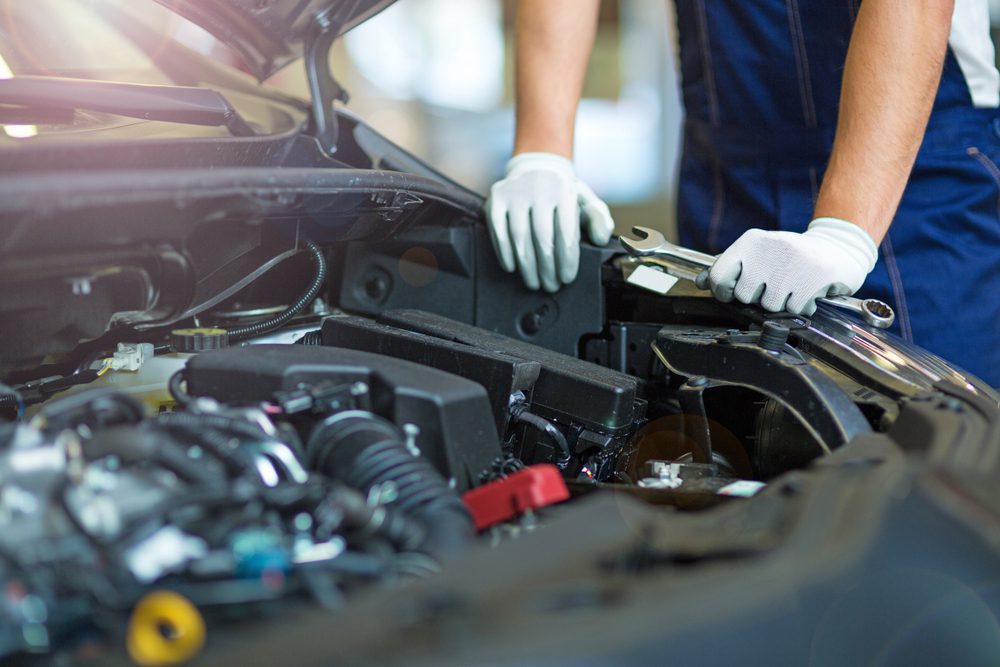If you take a look at the number of vehicles on the road these days, you’ll notice that fewer and fewer of them are new vehicles. In fact, most people are opting to buy used cars rather than buy brand new ones. The average age of vehicles on the road is around 12 years. What’s the reason for this rapid surge in the rise of used and older vehicles?
There are a number of contributing factors:
- Cars are lasting longer, so consumers are keeping them longer
- Consumers feel more comfortable buying used vs. buying new
- Rising costs of new vehicles are preventing people from buying
- Decrease in new car inventory is limiting consumer options
- Financial strains of the pandemic are affecting consumer spending
With the rise in the number of used vehicles on the road, dealers should pivot their strategy by increasing OEM parts sales instead of increasing new vehicle sales.
Older vehicles need more care
It’s no secret that older vehicles require more attention through repairs and maintenance due to older technology. For example, new cars may only require an oil change every 5,000 to 7,000 miles, but most older vehicles will need one every 3,000 miles. Additionally, maintenance costs increase every year that a consumer owns a car. After ten years, the average cost for older vehicle maintenance doubles.
A 2017 model vehicle (five-year) may require replacement parts that only cost around $200. Compare that to a 2012 model vehicle (10-year) that needs the same replacement parts, and the cost doubles to over $400.
The question is, how can dealers maximize profits with fewer new car sales?
Focus on used car customers in your local market
If more of your customers keep their older vehicles for longer, you need to shift your parts strategy to cover their needs and target the places where used customers are getting their cars serviced.
You should try to optimize sales in your local market by growing sales to wholesale customers and customers who either bought a used car from your dealership or have purchased a service or part in the past.
A large source of used car parts buyers will come from your wholesale customers. Many people who own older vehicles are likely to take their cars to the local repair shop for all their repairs and maintenance. Those shops will need to source car parts quickly, which means your dealership needs to be on their radar for all of their parts order needs. To make a real impact on local shops, you need to beat out any competition. To win them over, provide quick and easy parts quoting, ordering, and delivery better than anyone else.
For example, providing an online option through your dealership’s website (with custom views) is a great way to start. This can help your wholesale customers go online to grab a quick quote, check availability, and complete an order. Your parts department should then have a delivery option to get that part to the customer within an hour.
You can also remarket to past customers who have bought from your dealership, whether they purchased a car, a part, or came in for a service. Chances are, they will need maintenance and repairs in the future.
Improve your eCommerce strategy for parts
Many dealerships often rely solely on their local market for the most sales generation. In actuality, the customers outside of your local market can help you reach those revenue goals. With a strong eCommerce strategy, you can expand your dealership’s customer base and sell to potential customers on a national scale. This means you can reach more customers with older/used vehicles and also maximize sales volume for obsolete parts.
The most effective eCommerce strategies for parts include:
- Selling parts and accessories on a custom, mobile-friendly web store
- Utilizing additional online marketplaces (i.e., Amazon and eBay)
- Using digital advertising tools to promote parts sales/offers (Google Ads)
- Implementing a strong SEO strategy on your web store
Maximize Revenue While Meeting Consumer Demands
The rise in used cars can be a great growth opportunity for your parts business. With the right strategies in place, you can turn the parts department into a strong revenue stream for the entire dealership. Streamline your inventory to ensure you have enough of the right parts for your used vehicle customers. Sell through additional selling channels such as a dedicated web store and online marketplaces (Amazon and eBay) while optimizing sales in your local market. With these strategies in place, you can capitalize on the profits from used cars.
Did you enjoy this article from Ibrahim Mesbah? Read other articles on CBT News here. Please share your thoughts, comments, or questions regarding this topic by submitting a letter to the editor here, or connect with us at newsroom@cbtnews.com.
Be sure to follow us on Facebook and Twitter to stay up to date or catch-up on all of our podcasts on demand.
While you’re here, don’t forget to subscribe to our email newsletter for all the latest auto industry news from CBT News.










